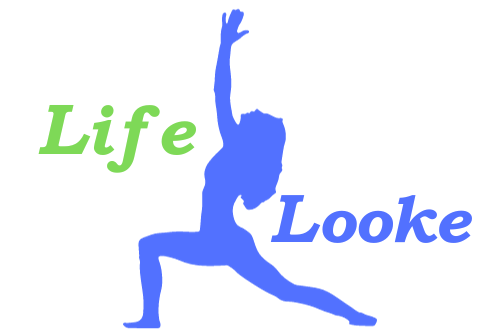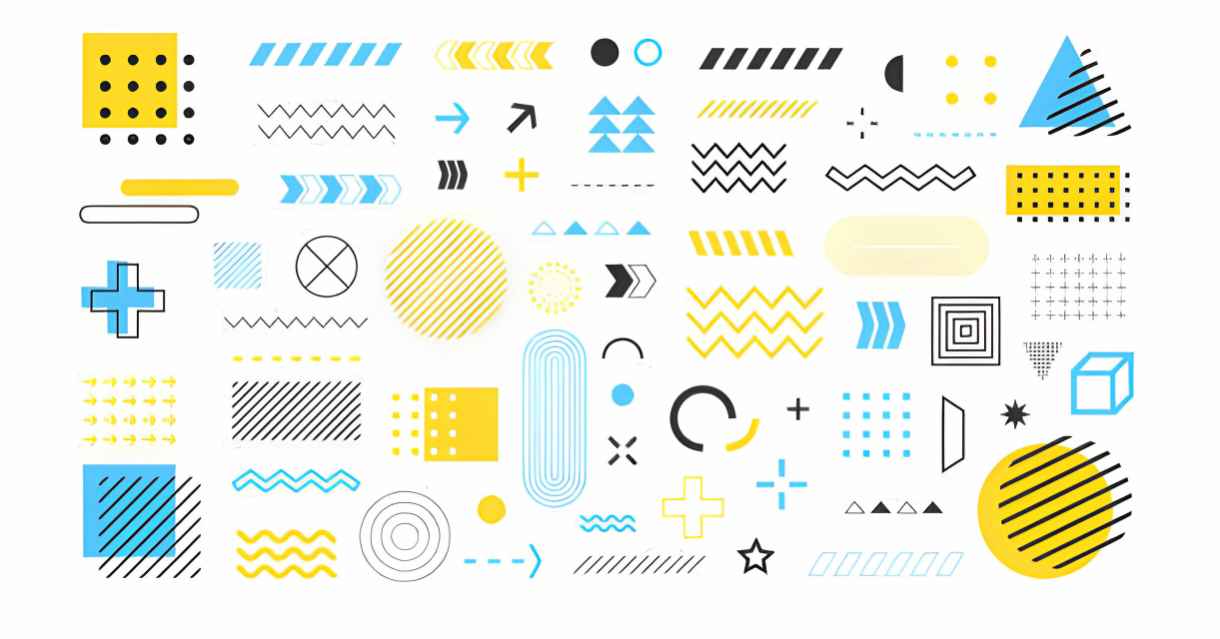Geometry Spot: Exploring the Beauty and Utility of Geometry
Geometry Spot, the part of science worried about the properties and connections of focuses, lines, points, surfaces, and solids, is a subject that saturates our regular daily existences in manners we may not necessarily in every case. From the evenness of a snowflake to the points of a structure, the calculation is surrounding us, moulding both the regular world and the fabricated climate. In this far-reaching guide, we’ll dig into the entrancing domain of math, investigating its set of experiences, applications, and importance in different fields.
What is geometry spot?
geometry spot is a spellbinding idea that consolidates the charm of mathematical shapes with the interest of spatial investigation. It alludes to a specific point or region where mathematical components merge or show imperative properties. Envision it as a point of convergence where lines cross, points structure, and shapes fit. In the domain of math, a geometry spot fills in as a nexus for investigation, where one can unwind the secrets of evenness, extents, and aspects. It’s similar to finding an unlikely treasure amid the tremendous scene of numerical request.
Whether it’s pinpointing the centroid of a polygon or uncovering the point of convergence of a circle, geometry spots offer a door to more profound comprehension and enthusiasm for the basic designs that oversee our reality. Thus, next time you experience a design of lines and points, pause for a minute to contemplate the secret geometry spots ready to be uncovered. For more information on this journey visit Life Looke.
geometry spot outline
In the domain of calculation, a geometry spot fills in as a captivating point of convergence where different mathematical components combine and communicate. It resembles a focal point of mathematical movement, where lines, points, and shapes meet up in charming ways. Consider it an extraordinary spot on a guide where you can investigate the complex examples and connections of mathematical figures. From the balanced magnificence of a snowflake to the exact points of a structure’s design, geometry spots are surrounding us, ready to be found and appreciated. They give a brief look into the hidden request and construction of the world we possess. In this way, in the following opportunity you run over a fascinating plan of lines or shapes, and pause for a minute to contemplate the secret math detects that exists. No one can tell what captivating experiences you could reveal!
Grasping Math
Beginnings and History
The foundations of math can be traced back to antiquated civilizations like old Egypt, Mesopotamia, and Greece. “Calculation” itself is derived from the Greek words “geo” (earth) and “metron” (estimation), mirroring its initial spotlight on estimating area and grasping spatial connections.
One of the most renowned commitments to calculation comes from Euclid, a Greek mathematician who lived around 300 BCE. His work “Components” established the groundwork for the investigation of math as a rational framework, introducing definitions, sayings, and hypotheses that remained compelling right up ’til now.
Principal Ideas
Calculation envelops many basic ideas, including:
Focuses: Mathematical items with no size or aspect, frequently addressed by a dab.
Lines: Straight ways that broaden boundlessly in the two bearings.
Points: The association of two beams with a typical endpoint, estimated in degrees.
Polygons: Shut mathematical figures framed by associating straight-line portions.
Circles: Sets of focuses equidistant from a main issue, shaping a shut bend.
These fundamental components structure the structure blocks of additional complex mathematical designs and connections.
Utilizations of Math
Engineering and Plan
The calculation assumes a vital part in engineering and planning, where exact estimations and spatial connections are fundamental. Designers utilize mathematical standards to make structures that are both stylishly satisfying and sound. From the points of a rooftop to the evenness of a veneer, calculation illuminates each viewpoint regarding the building plan.
Designing
In designing, math is used in different fields like structural designing, mechanical designing, and advanced plane design. Engineers depend on mathematical standards to plan parts, dissect structures, and tackle complex issues. Whether planning a scaffold or improving the wind stream around an aeroplane wing, a comprehension of calculation is fundamental for outcome in designing.
Craftsmanship and Style
Calculation has for some time been a wellspring of motivation for craftsmen, who utilize mathematical shapes, examples, and balance in their work. From the many-sided plans of Islamic craftsmanship to the mathematical reflections of current workmanship developments, calculation adds profundity and significance to creative articulation. Craftsmen frequently utilize mathematical standards to make visual concordance, equilibrium and beat in their arrangements.
PC Designs and Perception
In the computerized age, the calculation assumes a focal part in PC illustrations and representation. Mathematical calculations are utilized to make practical 3D models, recreate actual peculiarities, and render exact pictures and liveliness. From computer games to augmented reality, calculation empowers vivid advanced encounters that obscure the line between the virtual and the genuine.
Investigating Mathematical Shapes
Polygons
Polygons are mathematical figures with straight sides. A few normal kinds of polygons include:
Triangles: Polygons with three sides. They come in various types like even, isosceles, and scalene, depending upon the lengths of their sides and the extent of their places.
Quadrilaterals: Polygons with four sides. Models incorporate squares, square shapes, parallelograms, and rhombuses.
Pentagons, Hexagons, and then some: Polygons with five, six, or more sides, each with its special properties and attributes.
Polygons are omnipresent in both the regular world and human-made structures, making them a key object of concentration in calculation.
Circles
Circles are an extraordinary kind of mathematical shape characterized by a bunch of focuses equidistant from a main issue. They have remarkable properties, for example,
Span: The separation from the focal point of the circle to any point on its perimeter.
Measurement: The distance across the circle through its middle, is equivalent to two times the range.
Region and Periphery: Recipes for computing the region encased by a circle and the length of its external limit.
Circles show up in endless settings, from the circles of planets to the wheels of vehicles, exhibiting the unavoidable impact of math in the regular world.
Solids
Strong calculation manages three-layered shapes, otherwise called solids. A few normal instances of solids include:
3D squares and Cuboids: Rectangular solids with six faces, every one of which is a square shape.
Circles: Three-layered objects where each point on a superficial level is equidistant from the middle.
Chambers and Cones: Solids with bent surfaces and roundabout bases, each with novel properties and attributes.
Strong math is fundamental for grasping the volume, surface region, and spatial connections of three-layered objects, making it an essential area of concentration in calculation.
The Excellence of Evenness
Evenness, the nature of being comprised of precisely comparative parts confronting one another or around a hub, is a focal idea in math and feel. Balanced shapes and examples show equilibrium, concordance, and visual allure, catching our consideration and inspiring a feeling of request and magnificence.
Sorts of Evenness
There are a few sorts of evenness, including:
Reflectional Balance: This happens when one portion of an article is the identical representation of the other half.
Rotational Evenness: Exists when an item can be pivoted around an essential issue under a round trip regardless appear to be identical.
Translational Balance: Includes rehashing a shape or example by moving it along a straight line without turning or reflection.
Balance isn’t just stylishly satisfying but it addition has reasonable applications in fields like math, science, and planning.
Commonsense Purposes of Calculation
Route and map-making
Math has been fundamental for route and map making over the entire course of time. Guides, graphs, and navigational instruments depend on mathematical standards to address. The World’s surface precisely and work with movement and investigation. From old guides attracted by hand to present-day GPS frameworks. Calculation plays had a pivotal impact in assisting individuals with exploring their general surroundings.
Looking over and Land Estimation
Assessors utilize mathematical methods to quantify and plan land, decide property limits, and plan development projects. By applying standards of geometry and math, assessors can precisely ascertain distances, points, and heights, guaranteeing that foundation projects are implicit in the right areas and as per determinations.
Producing and Machining
Calculation is imperative in assembling and machining processes, where accuracy is fundamental. Architects and experts utilize mathematical standards to configure parts, make toolpaths, and guarantee that parts fit together accurately. From CNC machining to 3D printing, math directs each step of the assembling system, from plan to creation.
Conclusion
Calculation is something other than a part of science — it’s an amazing asset for grasping our general surroundings. From the states of cosmic systems to the design of particles. The calculation gives experiences into the fundamental request and construction of the universe. By investigating the excellence and utility of calculation, we gain a more profound appreciation for the basic rules that oversee our reality and shape our world. So the next time you respect the balance of a butterfly’s wings or wonder about the style of an engineered overpass. Recall that you’re seeing the significant impact of math in real life.
This exhaustive manual for calculation furnishes perusers with a careful comprehension of the subject. From its verifiable roots to its viable applications in different fields. Whether you’re an understudy investigating the miracles of science or an expert looking for bits of knowledge into the job of calculation in your industry. This article fills in as a significant asset for learning and revelation.







